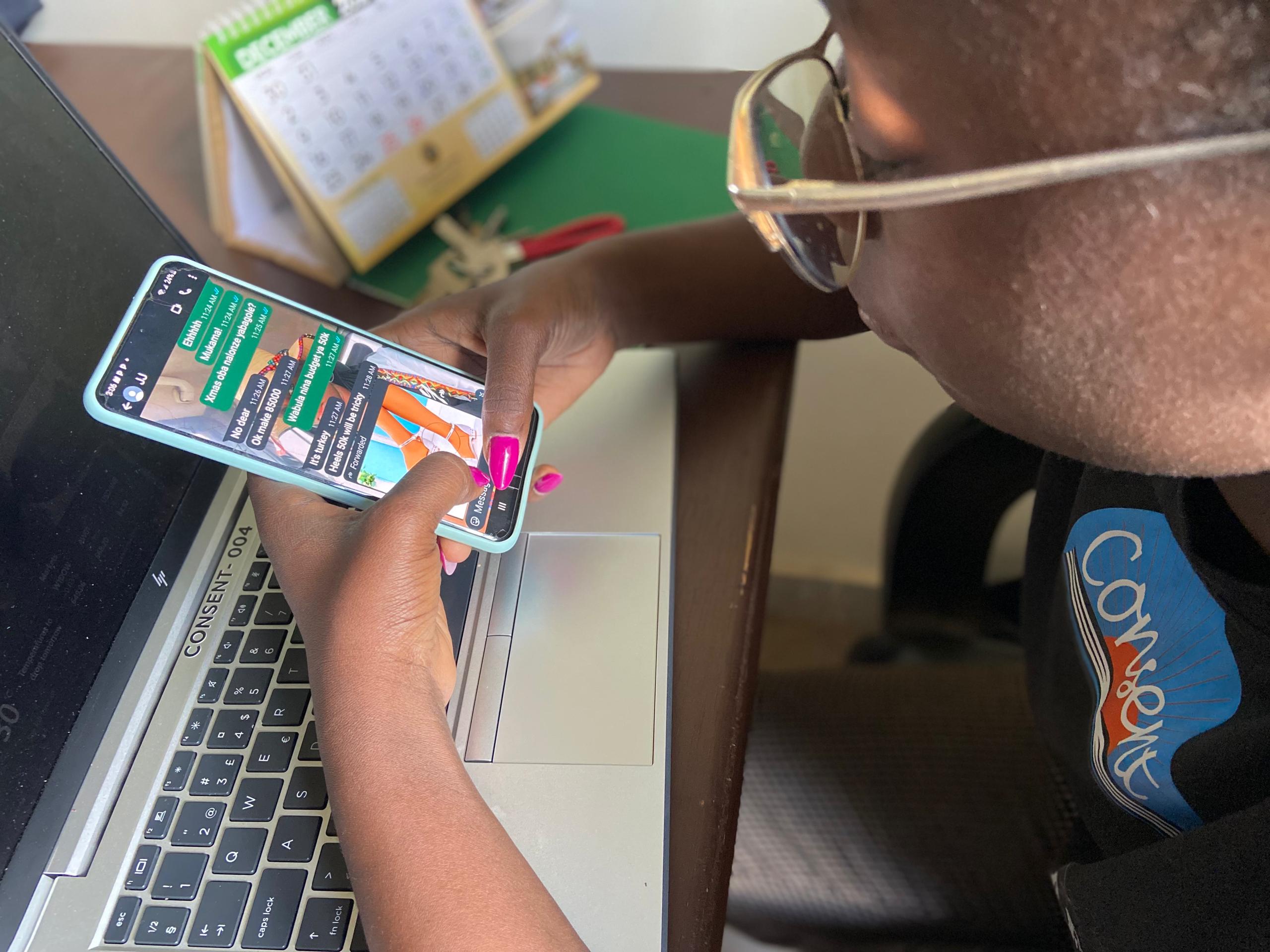The rise of E-commerce and social media has made it easier for consumers to discover and purchase from online designers. However, this convenience comes from with a host challenge that can leave consumers frustrated and disappointed.
This article aims to explore the struggles consumers face when ordering and buying items from online designers, including issues with sizing, quality, customer service and returns.
Online shopping has revolutionised the way we discover and purchase fashion, allowing us to access a vast array of styles and designers from around the world. However, the convenience of virtual fashion comes with a host of challenges that can leave consumers frustrated and disappointed.
Sizing and fit issues
One of the most significant struggles consumers face when ordering from online designers is sizing and fit issues. Without the ability to try on cloths before purchasing, consumers are often left guessing about their size and fit. This can lead to ill-fitting garments, wasted money and frustration.
Quality control
This is another concern when shopping from online designers. With production and shipping often happening remotely, it can be difficulty to ensure that garments meet quality standards. Consumers may receive poorly made or damaged items, which can be costly and time consuming to return.
Customer service challenges
When issues arise, consumers often struggle to get help from customer service teams. Online designers may have limited resources or communication channels, leaving consumers feeling isolated and unsupported.
Return complications
Returning items can be a daunting task, especially when dealing with international designers. Consumers may face high return shipping costs, lengthy processing times and difficulty getting refunds or exchanges.
Counterfeit concerns
Finally, consumers may worry about counterfeits when shopping from online designers. With the rise of fast fashion and knock offs, it can be genuine and not infringing on designers’ rights.
To navigate these challenges, there are steps consumers can take.
• Research designers and read reviews before making a purchase
• Carefully review sizing charts and product descriptions
• Consider purchasing from designers with flexible return policies.
• Support designers who prioritize transparency and sustainability.
In conclusion by being aware of these potential struggles, consumers can take steps to protect themselves and ensure a positive online shopping experience. As the virtual fashion landscape continues to evolve, it’s essential for designers and consumers alike to prioritize transparency, quality and customer satisfaction.

